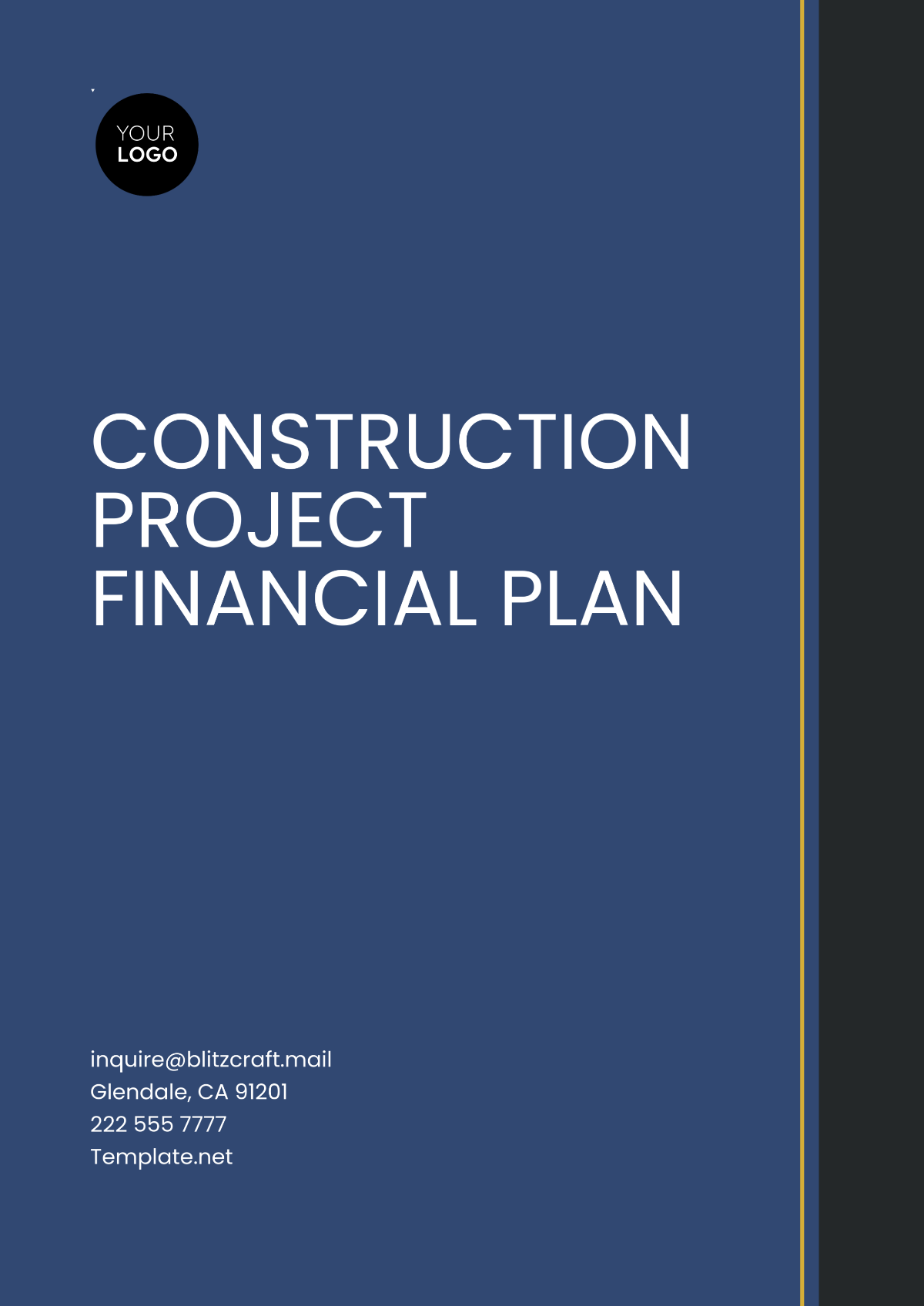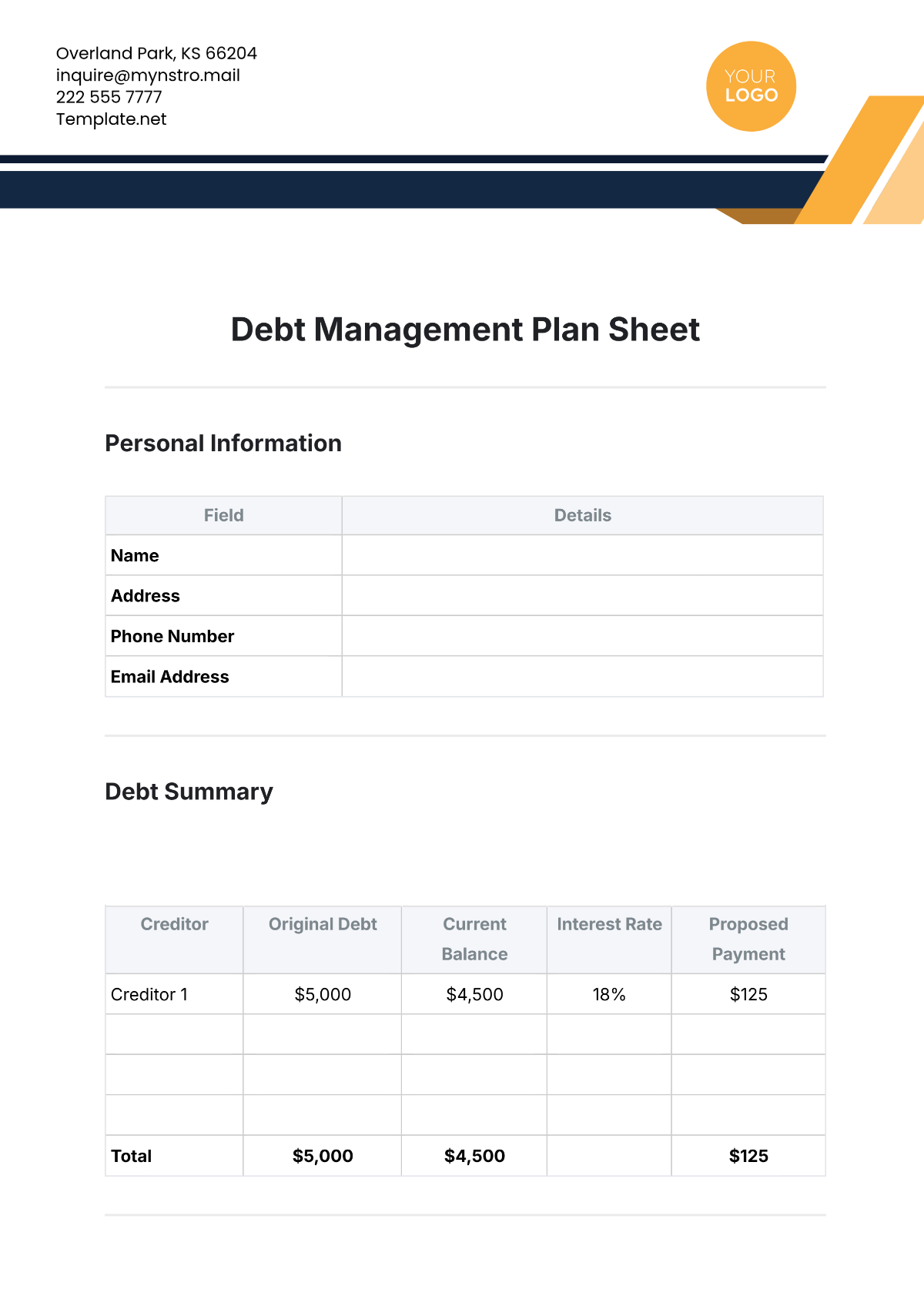Fixed-Income Investment Plan
1. Executive Summary
This Fixed-Income Investment Plan is designed to provide stable income and capital preservation for the investment portfolio. The plan prioritizes risk management, aiming to balance yield and credit quality through a diversified portfolio of government, corporate, and municipal bonds. Targeting a conservative annual return of 3-4%, the plan aligns with a low-risk tolerance and preference for liquidity.
2. Investment Objectives
The primary objectives of this plan are:
Income Generation: Achieve a consistent income stream through interest payments from fixed-income securities.
Capital Preservation: Maintain principal value and limit exposure to significant market downturns.
Risk Management: Minimize exposure to credit, interest rate, and liquidity risks.
3. Market Analysis
The current fixed-income market is characterized by historically low interest rates, driven by central bank policies. Moderate inflation expectations and gradual economic recovery are anticipated. This environment favors high-quality bonds with shorter to medium maturities, offering better risk-adjusted returns while minimizing duration risk.
4. Asset Allocation Strategy
To meet the plan’s objectives, the following asset allocation is recommended:
U.S. Government Bonds: 40% - Emphasis on Treasury securities to ensure high credit quality and stability.
Investment-Grade Corporate Bonds: 30% - Selected based on industry strength and financial health of issuers.
Municipal Bonds: 15% - To provide tax-advantaged income with lower default risk.
Short-Term Cash Instruments: 15% - Ensures liquidity and quick access to capital.
5. Security Selection Criteria
Selection criteria will focus on:
Credit Quality: Investments in bonds rated A or higher by recognized rating agencies.
Duration and Yield: Preference for bonds with maturities of 3-5 years to manage interest rate sensitivity.
Issuer: Favor issuers with strong credit histories and stable cash flows.
6. Risk Management
Interest Rate Risk: Mitigated by limiting duration and incorporating laddered bond maturities.
Credit Risk: Managed by focusing on high-quality bonds and limiting exposure to any single issuer.
Liquidity Risk: Ensured by maintaining a portion of assets in short-term instruments that are easily convertible to cash.
7. Performance Measurement
The plan’s performance will be evaluated quarterly, using the following benchmarks:
Bloomberg U.S. Aggregate Bond Index for overall market comparison.
Yield to Maturity and Average Duration as primary metrics.
Credit Rating Average as an indicator of credit quality stability.
8. Monitoring and Rebalancing
Quarterly Reviews: Evaluate portfolio performance relative to benchmarks and economic conditions.
Annual Rebalancing: Adjust allocations to maintain target asset allocation and manage interest rate and credit risks as needed.
9. Reporting and Communication
Quarterly performance reports will be provided, outlining portfolio yields, maturity breakdowns, risk metrics, and market outlook. Annual in-depth reviews will address long-term performance and recommend adjustments based on market forecasts.
10. Conclusion and Recommendations
This Fixed-Income Investment Plan offers a disciplined approach to achieving reliable income while minimizing risk exposure. By following this structured investment framework, financial objectives can be met with stability and flexibility in changing market conditions.

















































